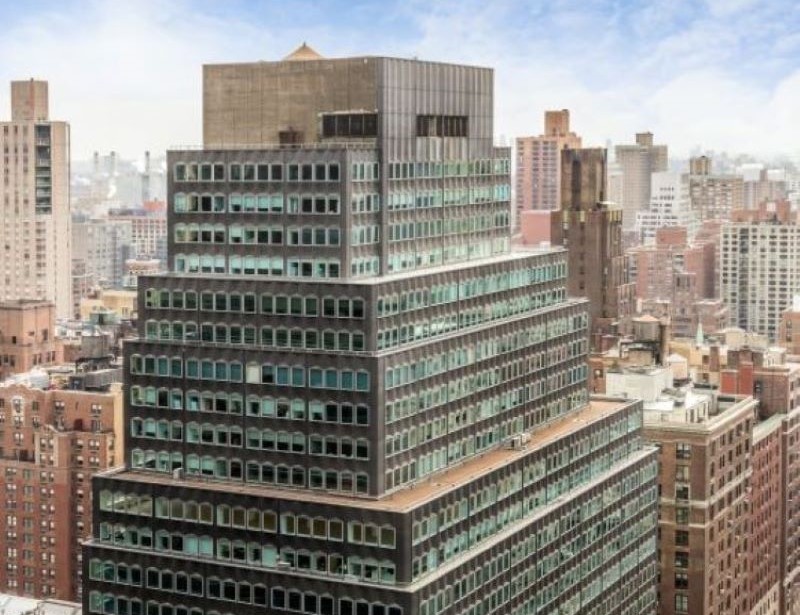5 Capital Markets Trends to Watch
CBRE Vice President Brandon Smith discusses recent hot topics in the capital markets, including why bond yields significantly increased last week and if a sustained rise is on the horizon.
By Brandon Smith, Vice President, CBRE
Confidence, Yields Are Up
 Global government bond prices fell for three consecutive days last week as investors remained concerned that the world’s central banks will move to a less accommodative monetary policy. Last week’s bond sell-off upended months of calm in the markets, with the 10 year U.S. Treasury losing ground and increasing by 15 basis points to close the week at 2.30 percent. This was mainly spurred by a report showing the European Commission’s Economic Sentiment Indicator, which aggregates business and consumer confidence, jumped to 111.1 from 109.2 in May—the highest such level since 2007.
Global government bond prices fell for three consecutive days last week as investors remained concerned that the world’s central banks will move to a less accommodative monetary policy. Last week’s bond sell-off upended months of calm in the markets, with the 10 year U.S. Treasury losing ground and increasing by 15 basis points to close the week at 2.30 percent. This was mainly spurred by a report showing the European Commission’s Economic Sentiment Indicator, which aggregates business and consumer confidence, jumped to 111.1 from 109.2 in May—the highest such level since 2007.
Additionally, ECB President Mario Draghi hinted that the ECB might start winding down its large monetary stimulus as the Eurozone economy picks up speed, which is earlier than investors anticipated. Similar signals from top officials at the Bank of England and the Bank of Canada added to the concern over tighter monetary policy. The movement in rates shows the market’s vulnerabilities to a potential shift in central banks’ policy stance. However, unlike the Taper Tantrum in 2013, don’t expect a sustained rise in bond yields without sustainably higher growth and inflation.
SOFT INFLATION KEEPS BOND YIELDS LOW
Bond yields are generally being held down by a run of soft inflation data, which has boosted the appeal of government debt and raised doubts about the Federal Reserve’s plans to raise interest rates at least one more time this year. However, key Fed officials keep insisting inflation is still on track to reach their 2 percent inflation target. Investors will be closely watching data on wage inflation contained in the June jobs report. With this in mind, any report of positive economic data that may contribute to higher inflation will have an effect on rates. Treasuries moved another five bps on July 3 due to a better than expected manufacturing data report.
FED BALANCE SHEET WIND DOWN
The Fed currently holds $2.5 trillion in U.S. Treasurys and $1.8 trillion in mortgage-backed securities (MBS), and has maintained these levels by reinvesting in new securities as its holdings mature. Starting later this year, the Fed plans to slowly phase out these re-investments by letting a small amount of its securities holdings mature each month, thus shrinking its balance sheet in a controlled manner. The net maturities will initially be capped at $6 billion (0.14 percent of holdings) in Treasurys and $4 billion (0.09 percent of holdings) in MBS per month. These caps will be raised each quarter and eventually reach a maximum of $30 billion (0.70 percent of holdings) in Treasurys and $20 billion (0.47 percent of holdings) in MBS per month. The Fed is projecting a sense that this will be slow and easy, essentially on auto-pilot. However, unwinding a $4.5 trillion trade may not go completely smoothly. Regardless of what inflation is doing, this will tighten financials conditions, affecting long-term rates and impacting home mortgages.
One other factor to watch is any announcement regarding Janet Yellen’s term as Federal Reserve Board chair, which expires in February 2018. The market is likely to look for signals on her reappointment or replacement later this summer. A lack of clarity could negatively impact the markets.
INLAND EMPIRE’S WAREHOUSE BOOM
Warehouses dominate the Inland Empire. Fourty percent of the nation’s consumer goods—iPhones, sneakers, and everything available from Amazon—spend time sitting on warehouse shelves after coming off ships at nearby ports, awaiting delivery to stores and homes, according to Wired.com. The World Logistics Center, planned by Highland Fairview, would be the largest such facility in the country, covering 2,610 acres—the size of 700 football fields. It would be more than 25 times bigger than the largest warehouse in the U.S., Boeing’s 98-acre hangar in Washington. Despite the promise of jobs, the conservative resident base is pushing back over environmental concerns—mainly diesel emissions from the delivery trucks. If you’re looking to buy (or currently own) in the Inland Empire, this is an important project to watch.
HOME PURCHASE OR AVOCADO TOAST
An Australian real estate mogul rubbed some millennials the wrong way when he suggested they dial back the avocado toast and $4 coffees if they want to buy a house someday. While the math doesn’t quite check out, his sentiment isn’t too far off from what recent data shows. People ages 25 to 34 spent $3,097 on eating out in 2015, which is $305 more than people from 55 to 64 and $89 more than those ages 35 to 54. Additionally, according to a new survey, nearly 70 percent of young people ages 18 to 34 said they have saved less than $1,000 for a down payment, according to the Wall Street Journal. About 40 percent said they aren’t saving anything on a monthly basis; however, playing right into the hands of the avocado-hating Aussie, 80 percent say they want to own a home.







You must be logged in to post a comment.